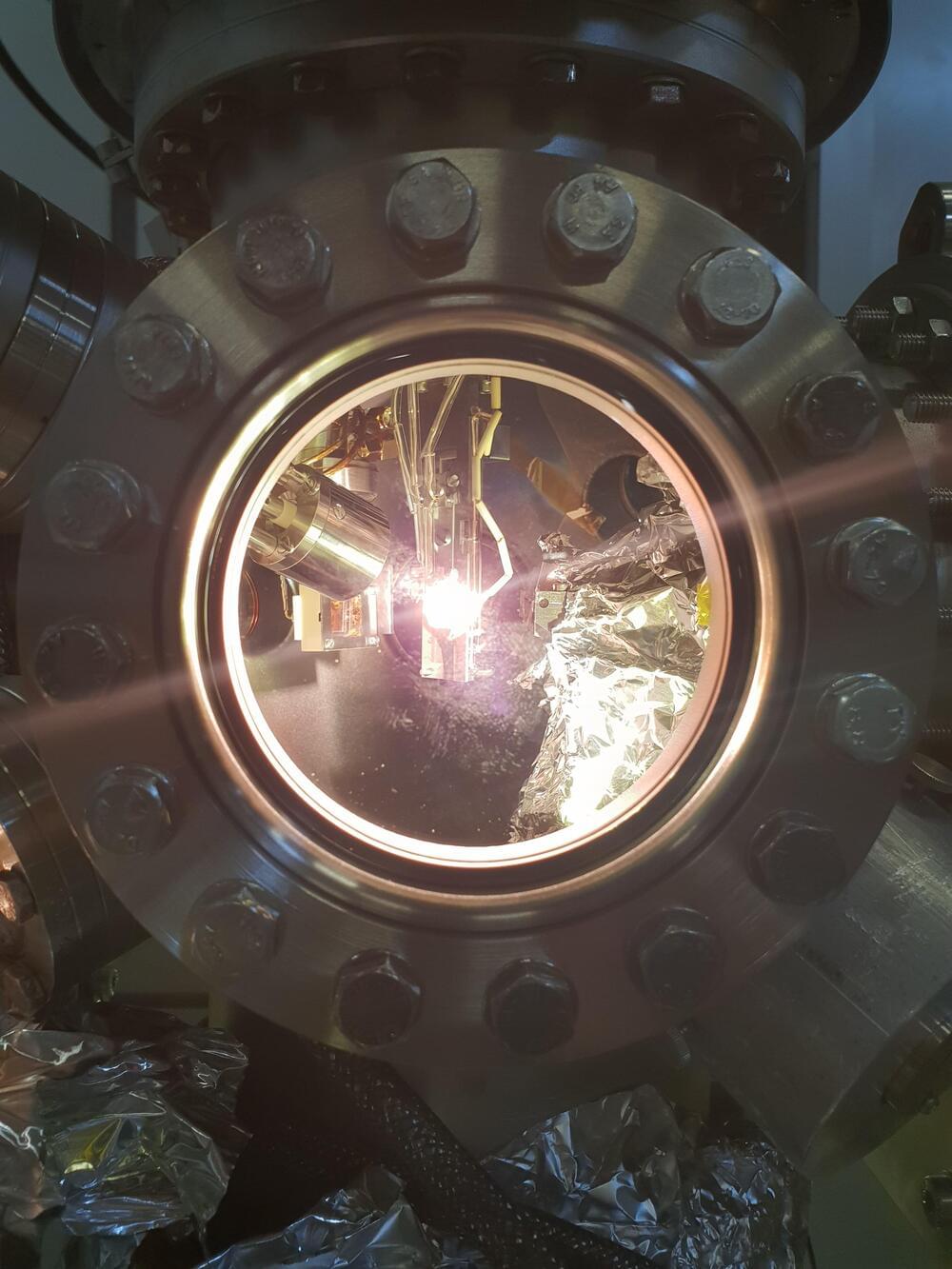Magnetic solids can be demagnetized quickly with a short laser pulse, and there are already so-called HAMR (Heat Assisted Magnetic Recording) memories on the market that function according to this principle. However, the microscopic mechanisms of ultrafast demagnetization remain unclear. Now, a team at HZB has developed a new method at BESSY II to quantify one of these mechanisms and they have applied it to the rare-earth element Gadolinium, whose magnetic properties are caused by electrons on both the 4f and the 5d shells. This study completes a series of experiments done by the team on nickel and iron-nickel alloys. Understanding these mechanisms is useful for developing ultrafast data storage devices.
New materials should make information processing more efficient, for example, through ultrafast spintronic devices that store data with less energy input. But to date, the microscopic mechanisms of ultrafast demagnetization are not fully understood. Typically, the process of demagnetization is studied by sending an ultrashort laser pulse to the sample, thereby heating it up, and then analyzing how the system evolves in the first picoseconds afterward.
